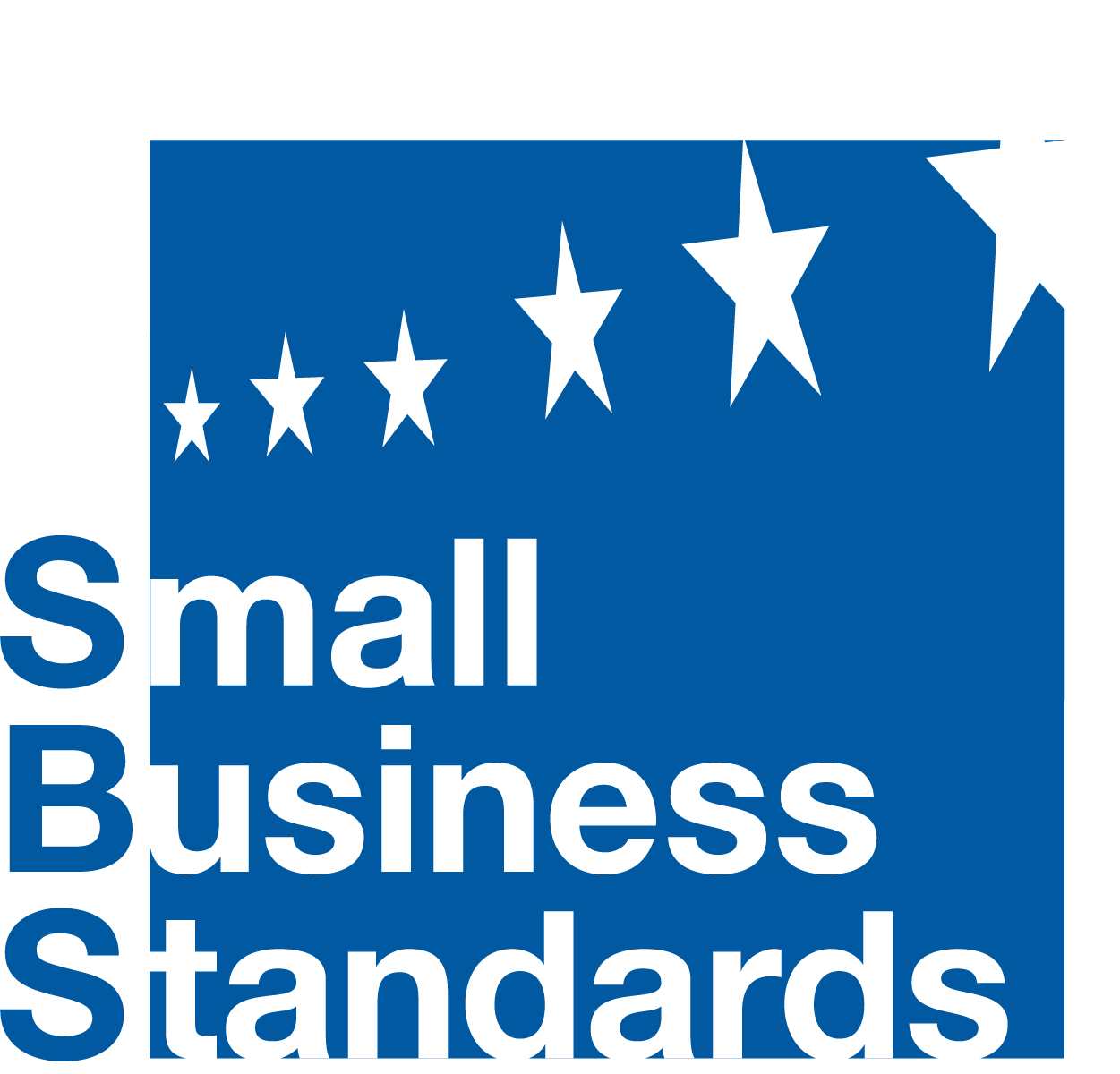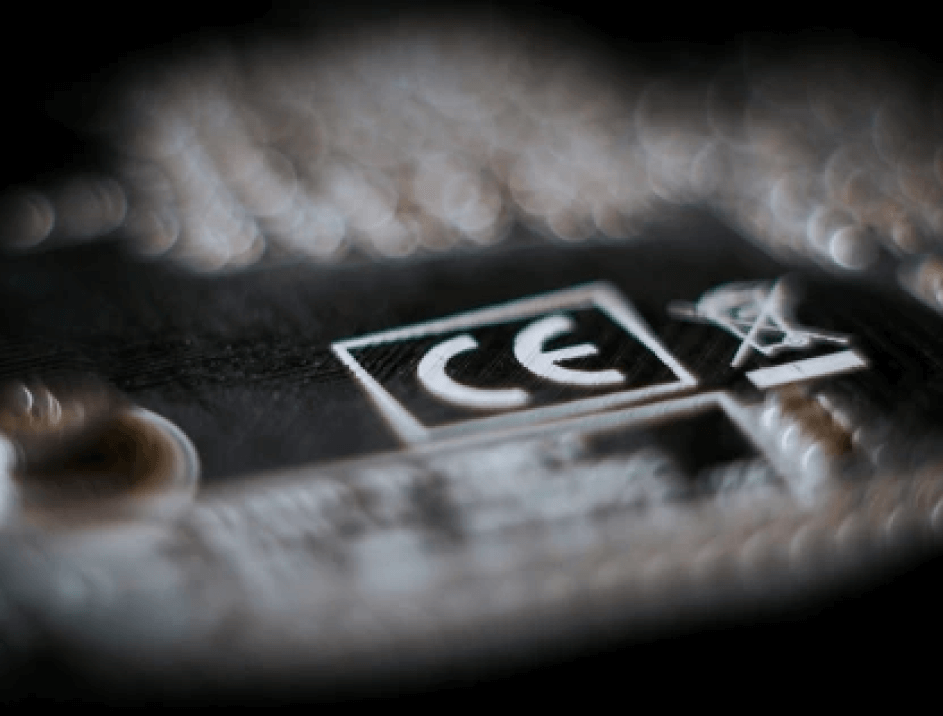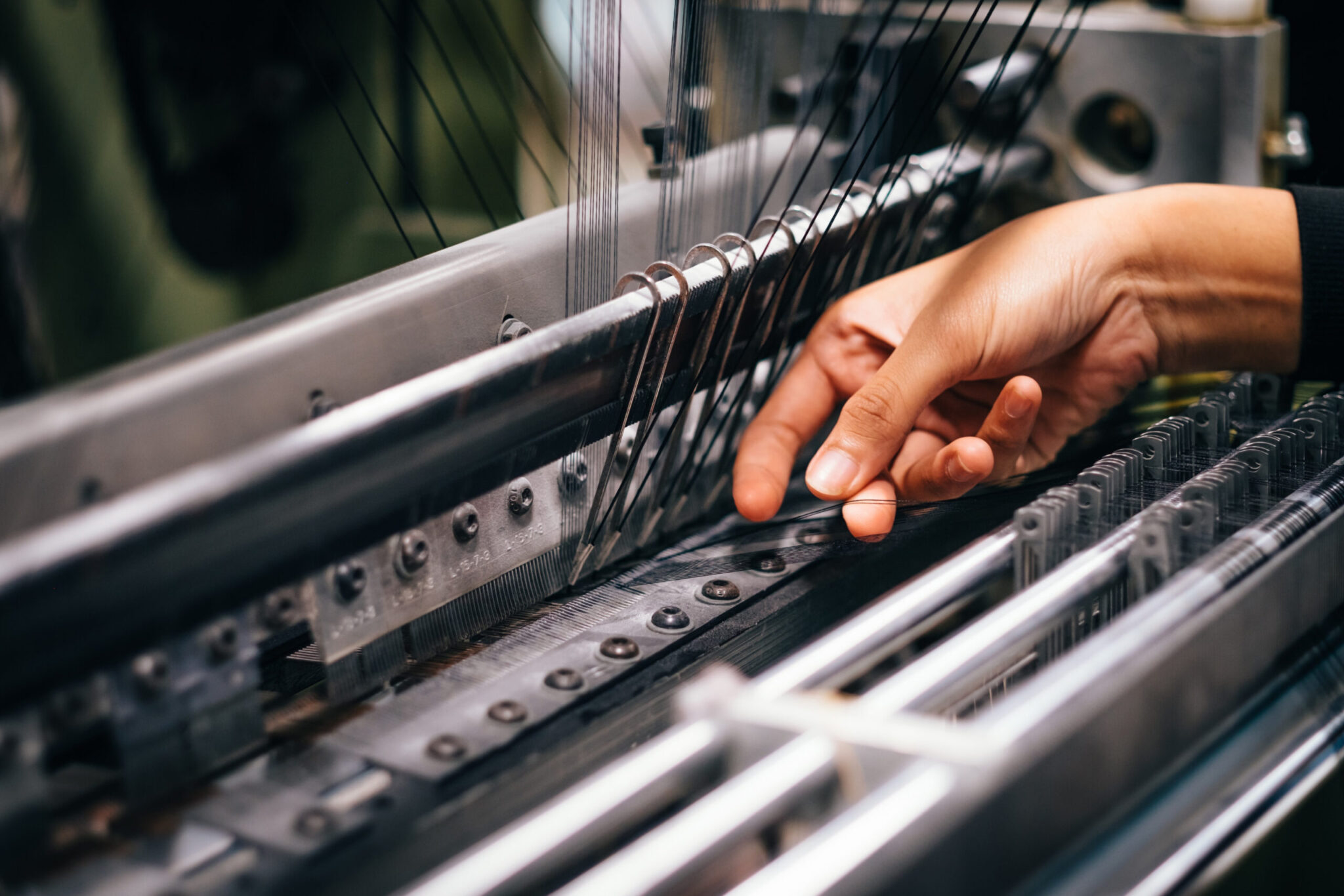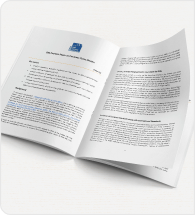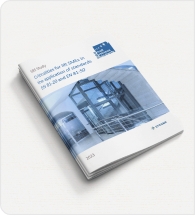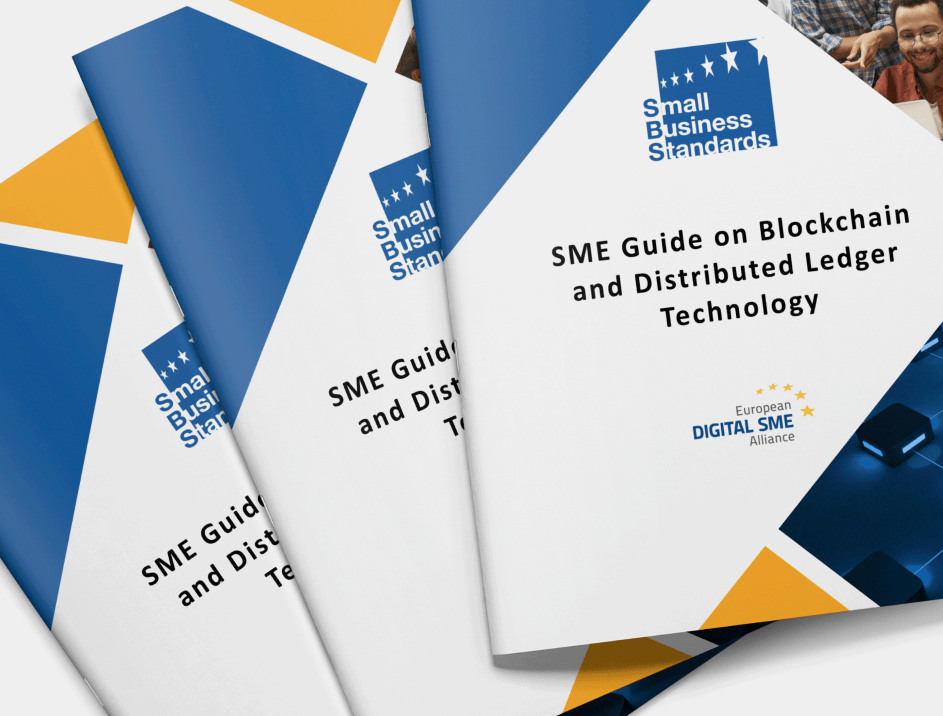Key points
• There is a need for further consideration of the draft JRC report, especially in relation to certain product categories which require more in depth and complex analysis (e.g., furniture).
• When setting product priorities, products not covered by other regulations should be prioritised, and coherence with existing and upcoming legislation should be ensured.
• Consider prioritising the intermediate products that would significantly smooth the process for small and medium enterprises (SMEs) involved in assembling or manufacturing complex products.
• Requirements should be sector and product-specific and trade-offs between different sustainability objectives and product functionality should be carefully assessed.
• SME representation in the Ecodesign Forum and in relevant standardisation work should be ensured at all stages of the implementation of the future ESPR.
Background
The proposal for a new Ecodesign for Sustainable Products Regulation (ESPR) extends the scope of the existing Ecodesign Directive to non-energy related products, establishing a framework to set ecodesign requirements for specific product groups to significantly improve their circularity, energy performance and other environmental sustainability aspects. The new Regulation will enable the setting of performance and information requirements for almost all categories of physical goods placed on the EU market.
In the end of January, the European Commission launched a consultation on product priorities under the new Regulation once adopted. Those priority product groups would then be included in the Commission working plan and evaluated to assess whether they should be subject to specific delegated acts establishing performance and information requirements. The implementation of these requirements will then need to be supported by European harmonised standards providing the methods to measure and assess whether these products comply with ecodesign regulatory requirements.
This paper providessome general comments that aim at contributing to the above-mentioned Commission consultation.
Need for further consideration of draft JRC report
The JRC’s draft technical report has made an enormous effort to gather data for the different product groups. However, the suggested performance and information requirements place a heavy burden on SMEs given their limited financial and human resources. Additionally, we believe there is a need to further reassess some of the statements and recommendations in relation to some product categories. For example, in the case of furniture, the JRC report states that furniture contains substances like biocidal products or flame retardants, but, in fact, biocides are not typically used on a large scale in the manufacture of furniture. Moreover, different types of products within and across product categories have different characteristics and production processes, thus, not all criteria and requirements should hold the same level of relevance for all products. For example, the types of products listed for textiles and footwear differ considerably in terms of end use, materials, durability, etc. Textiles with a personal protective functionality require different characteristics than normal clothing or textiles for industrial use (e.g., automotive or aerospace sector). Regarding intermediate products, the assessment of steel and aluminium should also be reconsidered as they seem to provide worst sustainability parameters than in reality. The draft JRC report does not seem to reflect that these products are targeted by decarbonisation efforts and already experiencing continuous technological improvements towards more sustainable production and energy practices.
In general, trade-offs between different objectives of EU legislation, such as health and safety, sustainability, and the balance between various sustainability goals, including durability and recyclability should be carefully considered when developing the implementing regulations and the relevant European standards in support of their requirements.
Product prioritisation with an eye on SME viability
When setting product priorities, we recommend prioritising products not covered by other regulations, including forthcoming proposals. Moreover, it is essential to ensure coherence between the Ecodesign for Sustainable Products Regulation, its implementing acts, and compatibility and complementarity with other relevant existing and upcoming legislation to avoid duplication, unclear requirements, and undue burden, particularly on small and medium enterprises.
The European Commission should also consider the prioritisation of those intermediate products that would significantly smooth the process for SMEs involved in the assembly or manufacture of complex products. This will also enable them to establish the digital passports for their products. Sustainability throughout the supply chain should be ensured from its starting point. As an example, it will be difficult to define a sustainable textile product without establishing sustainability requirements with respect to raw materials and intermediate products.
Regarding horizontal measures, it is essential to recognise that not all ecodesign requirements are equally applicable to all products even within the same category. We believe measures should rather be laid down acknowledging the specificity of the products and of the industry sectors.
Finally, we recommend considering the exemption of tailor-made products from ecodesign requirements since these products, typically manufactured by SMEs, have limited batch sizes and personalised manufacturing inherently offers numerous sustainability advantages.
We suggest adopting a gradual approach that allows an in-depth evaluation of financial and non-financial impacts on SMEs to effectively support them in their pursuit of sustainable product manufacturing and contribute to a sustainable future.
SBS firmly believes that the Ecodesign Regulation can play a pivotal role in promoting sustainable practices. However, it is essential to address the unique challenges faced by SMEs, considering their limited financial and non-financial resources, and operational scale. We encourage policymakers and stakeholders to endeavour for a balanced regulatory framework that supports both environmental objectives and SME viability.
SMEs should be represented in the Ecodesign Forum and in related standardisation work
The Ecodesign Forum will contribute to the development of the preparatory work and the content of the implementing regulations on the identified product priorities by providing expertise and insights from various stakeholders. It is important that SME representatives are present in the Forum to consider the impact on SMEs and adopt a well-balanced approach that ensures workable and proportionate implementation of measures that justify and surmount the associated costs.
The participation of SMEs in the Ecodesign Forum and in the development of standards in support of the future implementing acts should be ensured at all stages of their development. The participation of SME representatives and the consideration of their interests should be a point the Commission should insist on in future standardisation requests to ensure European standards developed in support of the relevant product regulations can be implemented by SMEs and especially microenterprises.
Conclusion
The new Ecodesign for Sustainable Products Regulation presents a significant opportunity to promote sustainable practices throughout the entire supply chain. However, the draft JRC report needs further consideration and more in-depth analysis of certain product categories and of the impact on SMEs. It is crucial to address the specific challenges faced by SMEs by ensuring flexible and proportionate requirements. Prioritizing products not covered by other regulations and considering sector-specific and product-specific criteria are vital for its effective implementation. Coherence and harmonization with existing and upcoming legislation should be ensured to avoid ambiguity, duplication or requirements and undue burden on SMEs. Finally, ensure SME representation in the Ecodesign Forum and in all relevant standardisation work is key to a participatory sustainable transition.
